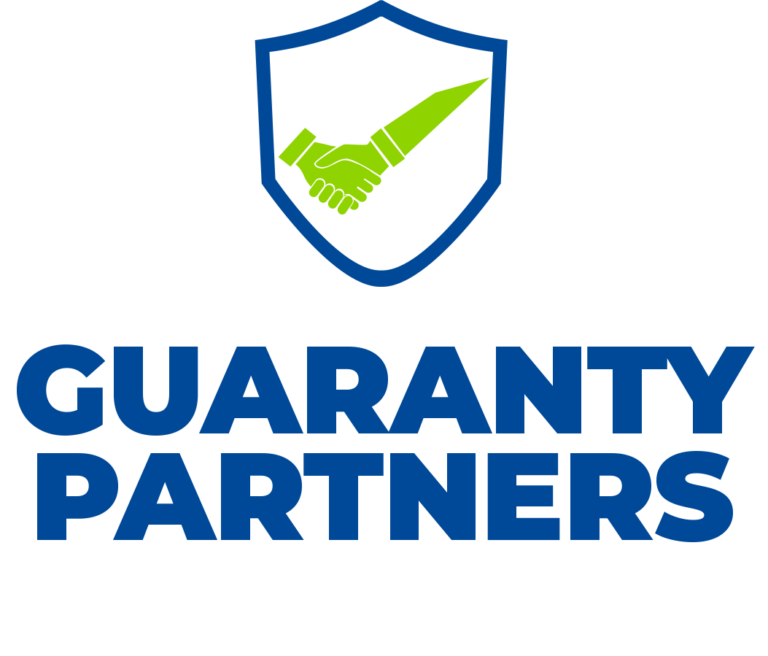Marine Safety Training Course
Course Fee:
The main objective of this course is to empower port operations’ personnel with—
• complete information and knowledge of marine safety and its relation to port operations
• the required awareness of best practices during port operations to maintain marine safety
• knowledge about universally accepted standards and guidelines related to marine safety
• the required confidence and experience to drive one’s organisation towards implementing safety management tools, systems and policies to ensure marine safety
• the required exposure and experience to handle incidents that could pose harm and damage to marine safety
• the skillset and capability to conduct random internal audits to check that port operations are running as per the required standards, inadvertently supporting marine safety
• the necessary foresight to predict or identify possible opportModuleies for marine accidents and hazards that could impact marine safety, and take timely action to combat these
• the skillset and capability to undertake higher roles and responsibilities successfully, thus securing one’s career progression within the organisation
Course Content
Importance of Marine Safety
• Protection from loss of life
• Protection against economic losses
• Protection of the environment/pollution prevention
• Maintenance of a good national reputation (greater economic development)
• Increase cooperation among regions, countries and continents (increased trade and tourism)
Components of Marine Safety
• Aids to navigation
• Seafarers
• Oil spill response system
• Vessel traffic system
Types of Port Marine Operations
• Safe anchorage considering weather/wind
• Managing and marking wrecks
• Positioning and maintaining aids to navigation
• Dredging and other civil engineering work
• Conducting surveys and disseminating results
Components of Port Marine Safety
• Pollution prevention
• Pollution investigation
• Port patrols/surveillance
• Drills and exercises
• Emergency and contingency planning
• Container and facility inspections
• Cargo loading supervision
Ways to Maintain Marine Safety
• Training
• Policies
• Audits
• Technology
• Performance assessment
Key Elements of Successful Safety Management
• Effective safety policies
• Effective management structure
• Planned and systematic implementation approach
• Performance measurement against standards
• Experiential learning and application
Features/Gist of an Ideal Safety Policy
• Safe and efficient organisational asset management
• Discharge of duties and powers
• Maintenance of marine equipment to agreed standards
• Recruitment and training of operational staff to agreed competence levels
• Appropriate training for emergencies and contingencies
Steps in Risk Assessment as Part of Ensuring Safety
• Problem identification, scoping and risk assessment design
• Hazard identification
• Risk analysis
• Assessment of risk control measures
• Identification of new risk control measures
Methodology
The training methodology integrates lectures, interactive discussions, collaborative group exercises, and illustrative examples. Participants will acquire a blend of theoretical insights and hands-on practical experience, emphasizing the application of learned techniques. This approach ensures that attendees return to their professional environments equipped with both the competence and self-assurance to effectively implement the acquired skills in their responsibilities.
DATE:
1ST BATCH: 7th – 10th Apr, 2026
2ND BATCH: 28th – 31st Jul, 2026
3RD BATCH: 24th – 27th Nov, 2026
Course Category
- Human Resource and Admin
- Finance and Accounting
- Internal Audit and Fraud Control
- Stores, Procurement and Supply Chain
- Information Technology
- Aviation and Maritime
- Banking, Investment and Insurance
- Business Communication
- Construction Management & Civil Engineering
- Engineering, Instrumentation and Maintenance
- Entrepreneurship and Business
- Hotel & Hospitality Management
- Law and Contract Management
- Management and Leadership
- Project Management
- Public Relations
- Public Sector
- Sales, Marketing & Customer Service
- Secretaries & Personal Assistants
- Transport & Logistics
- Security and Safety
More Courses
VENUE
25, Queen street, Alagomeji Bus Stop, Yaba, Lagos










